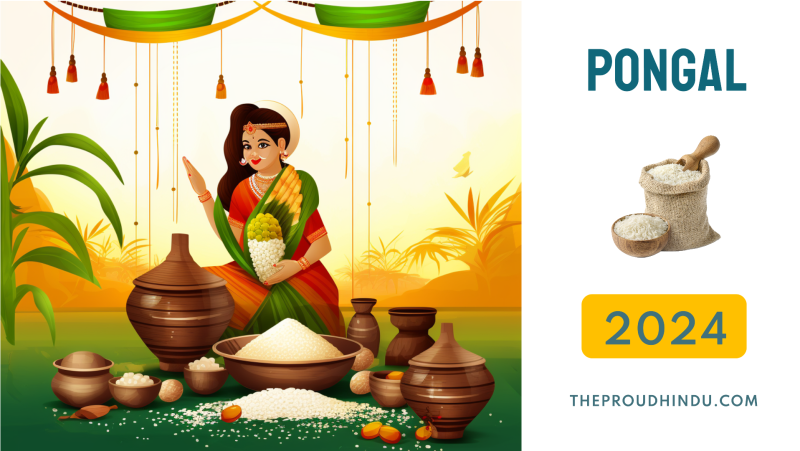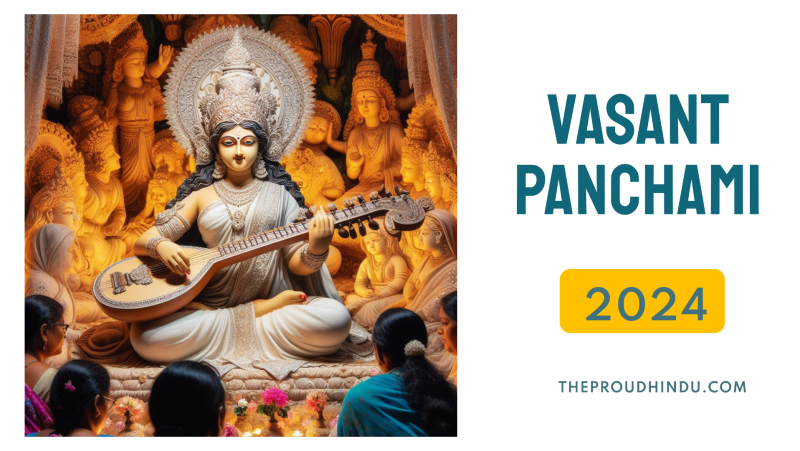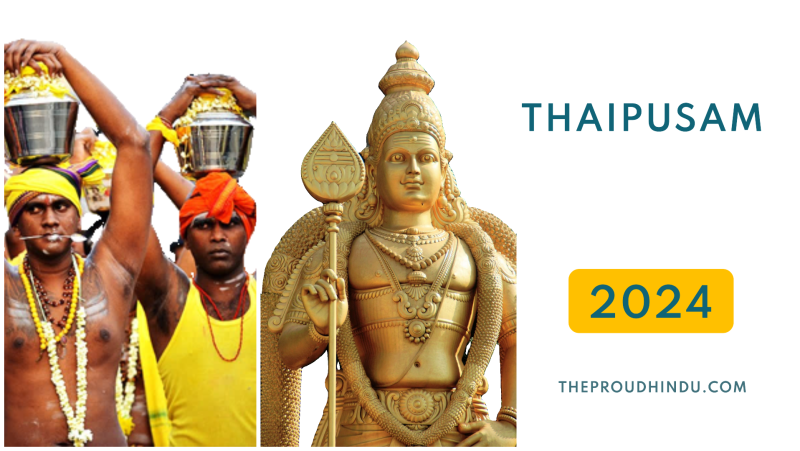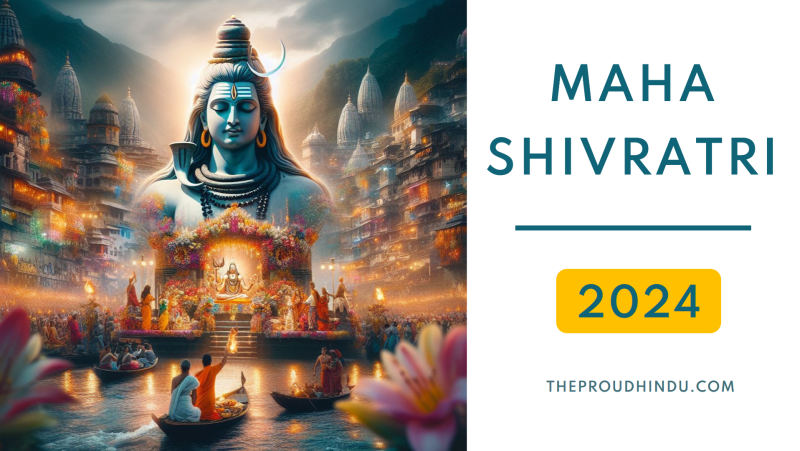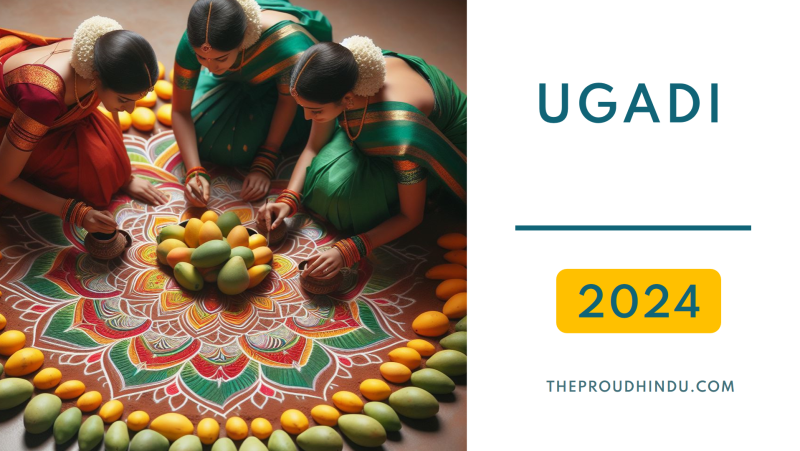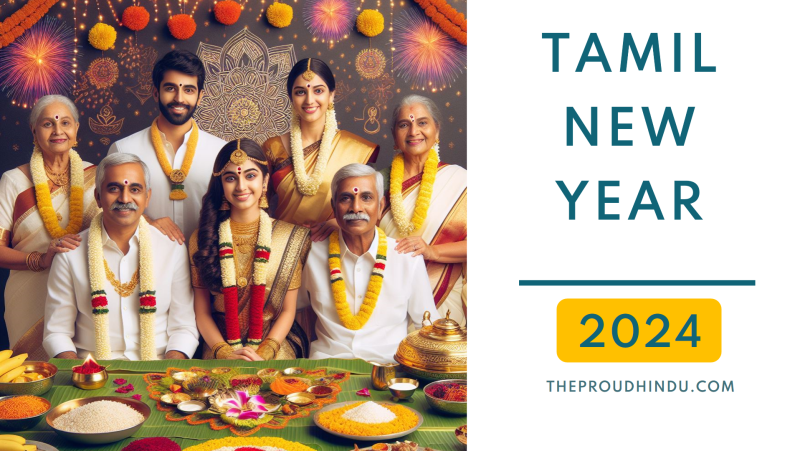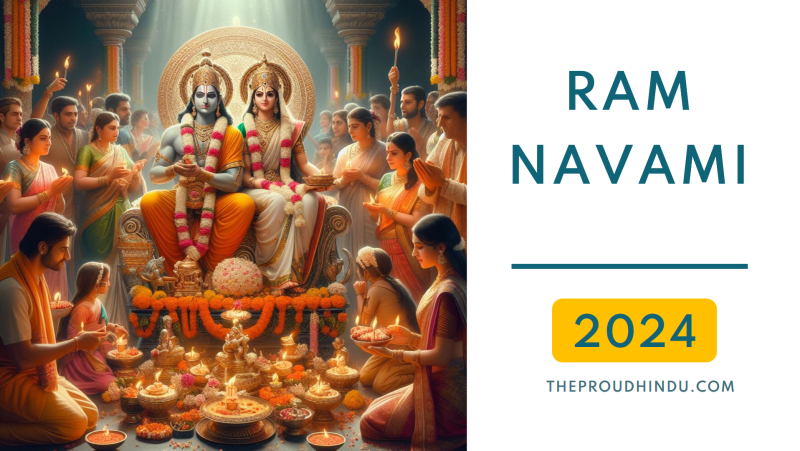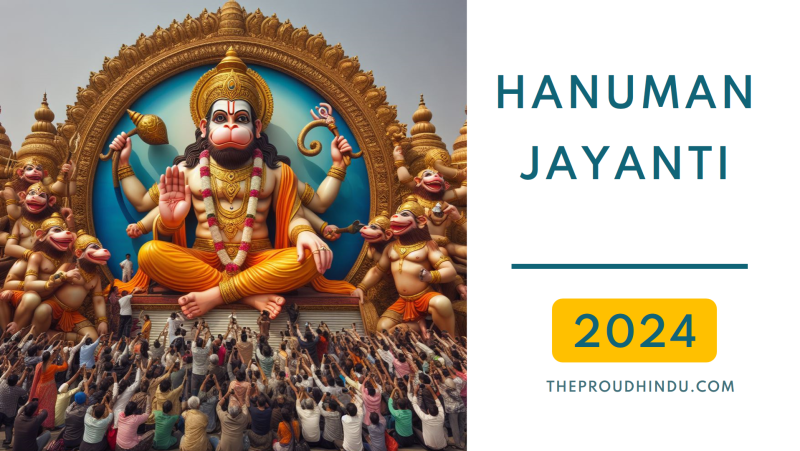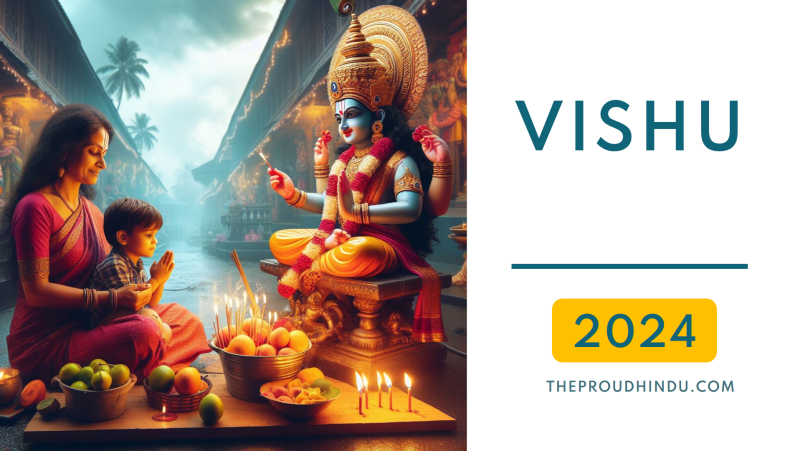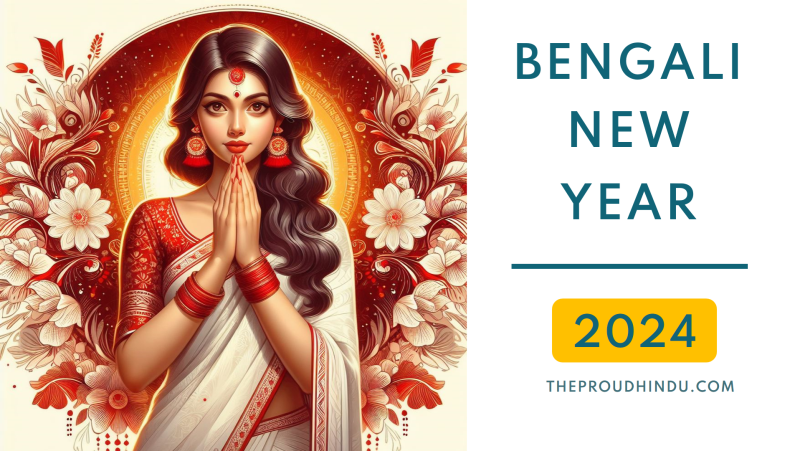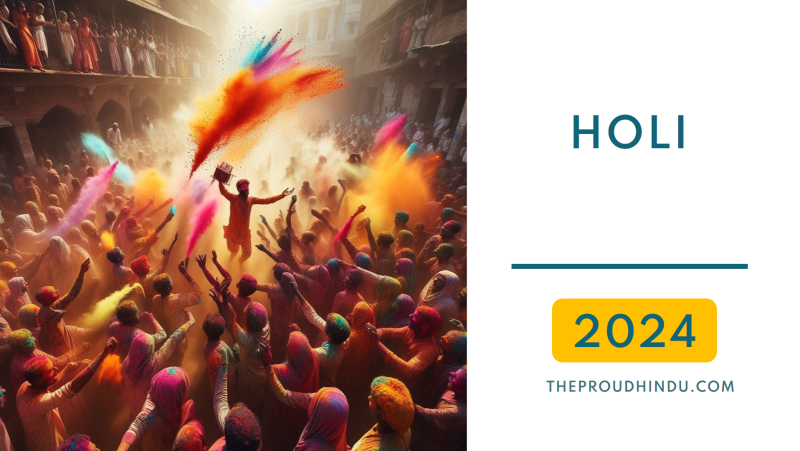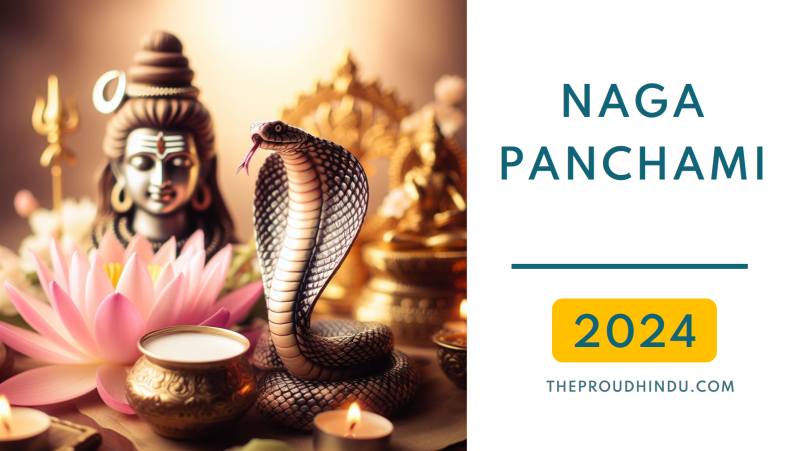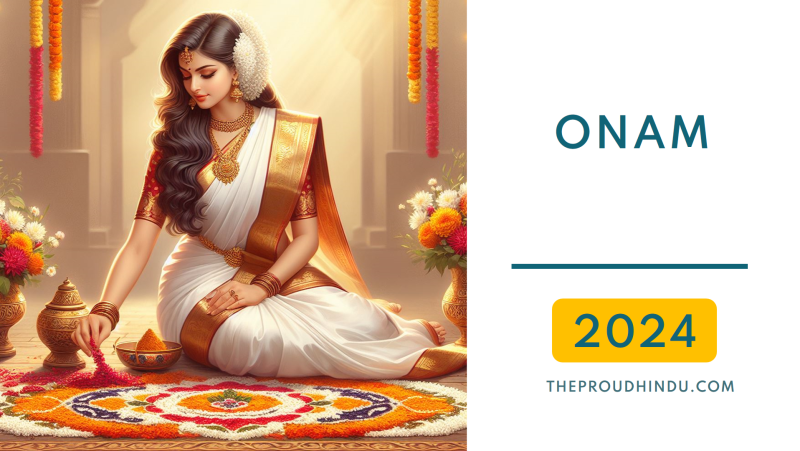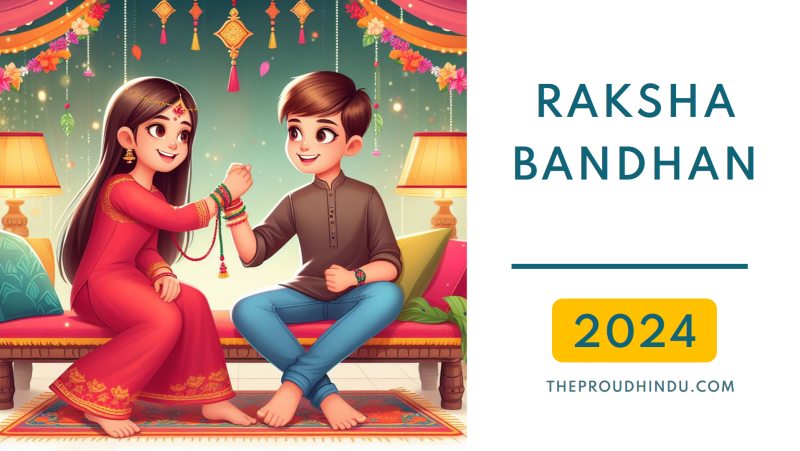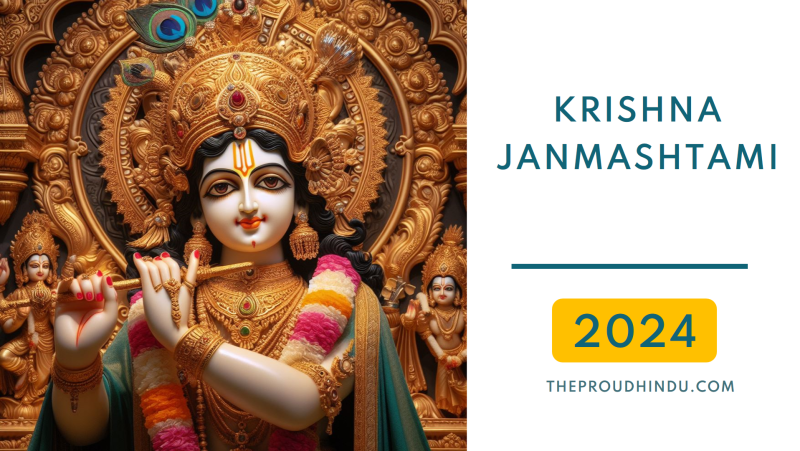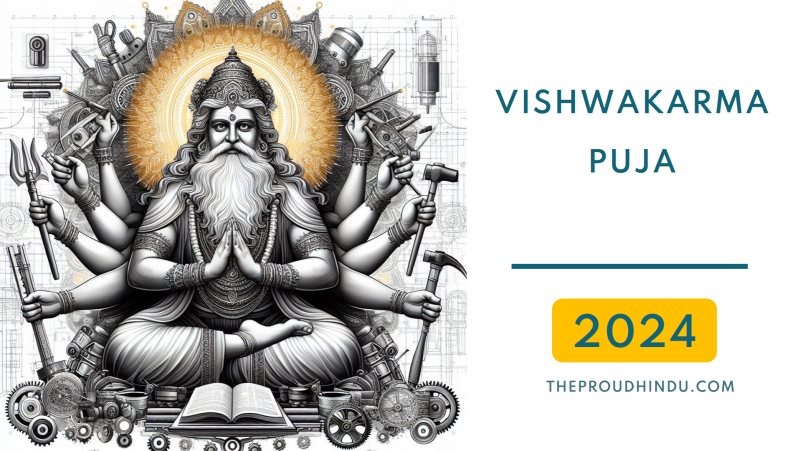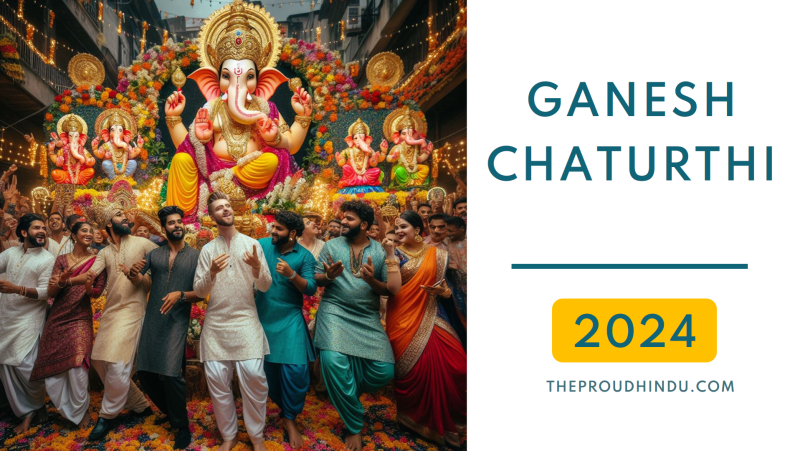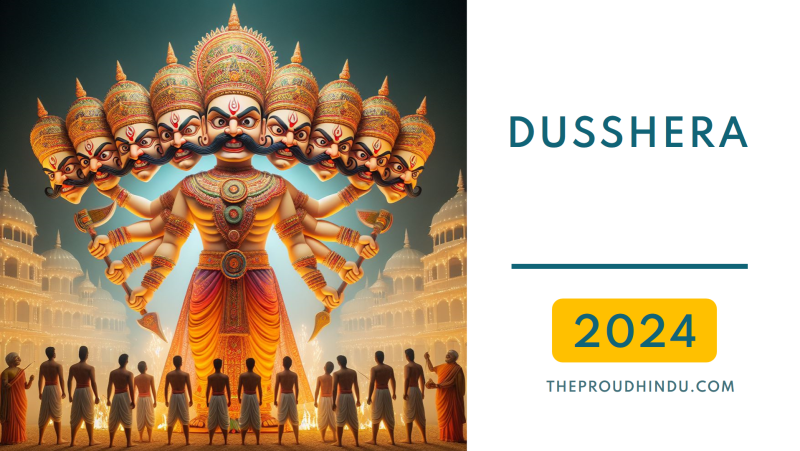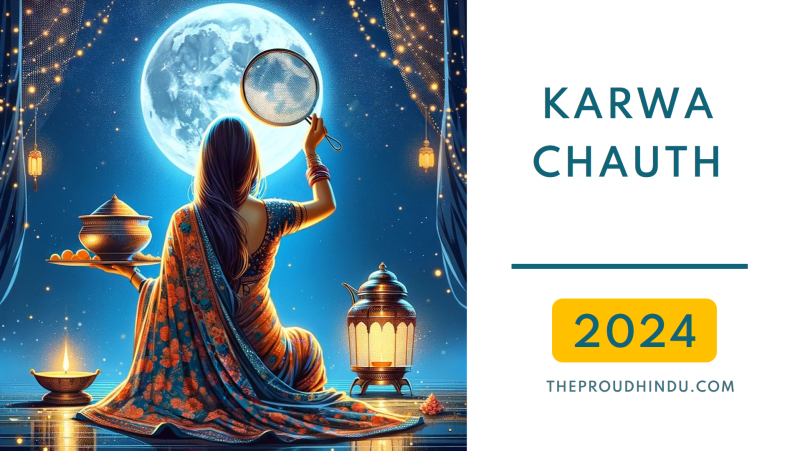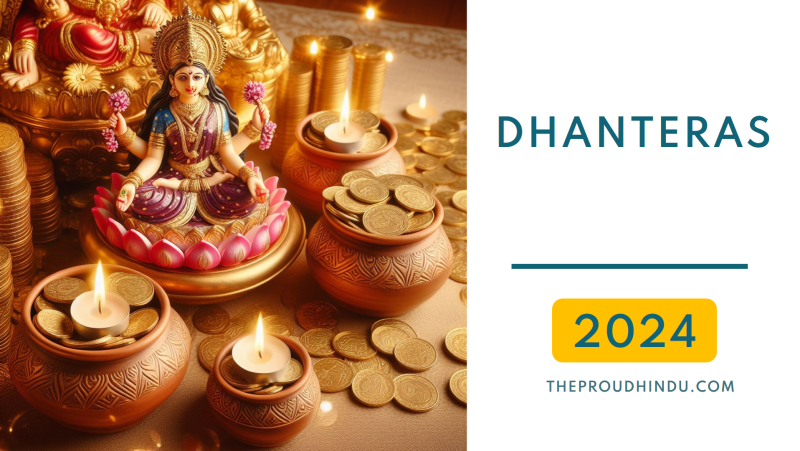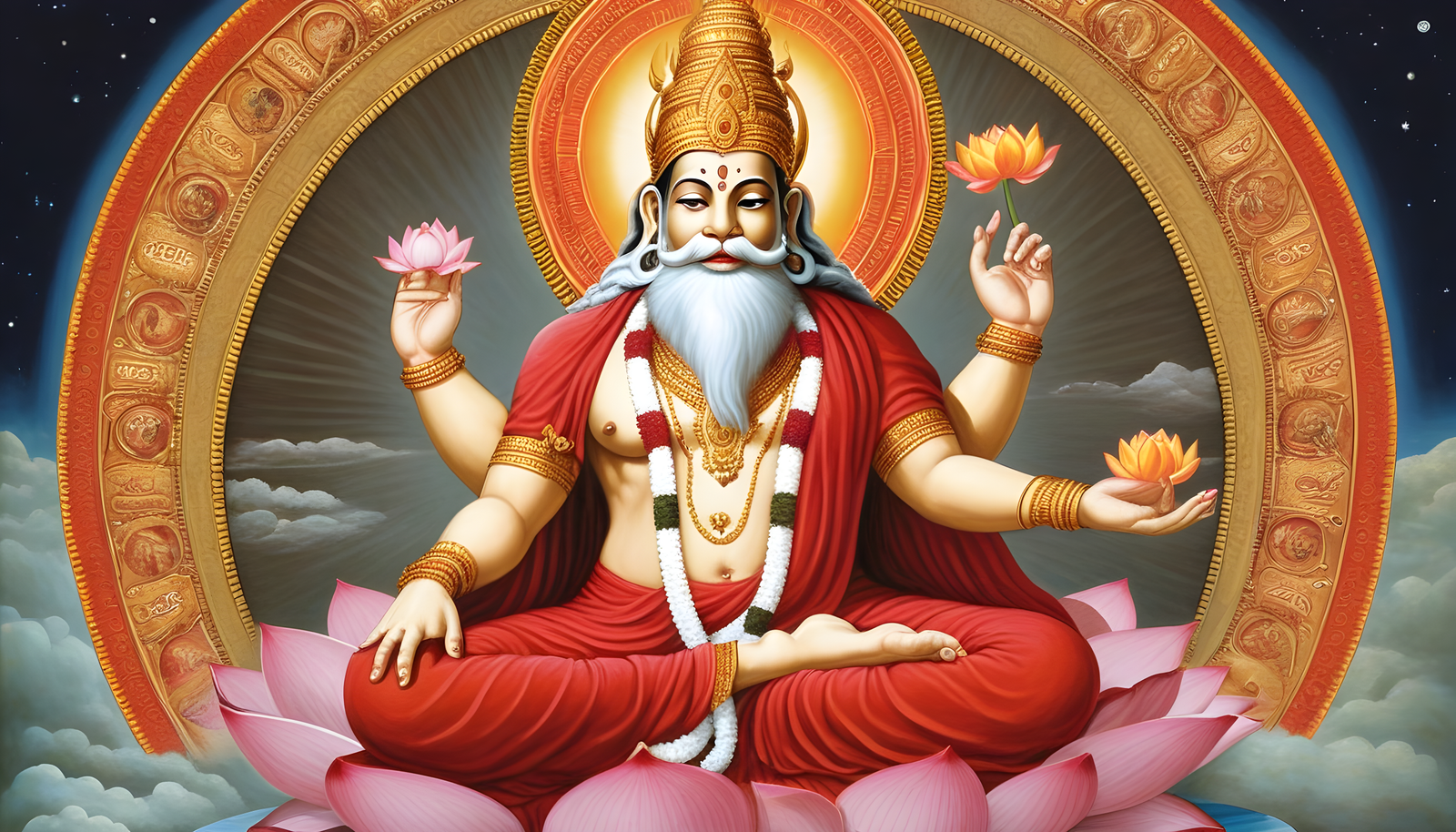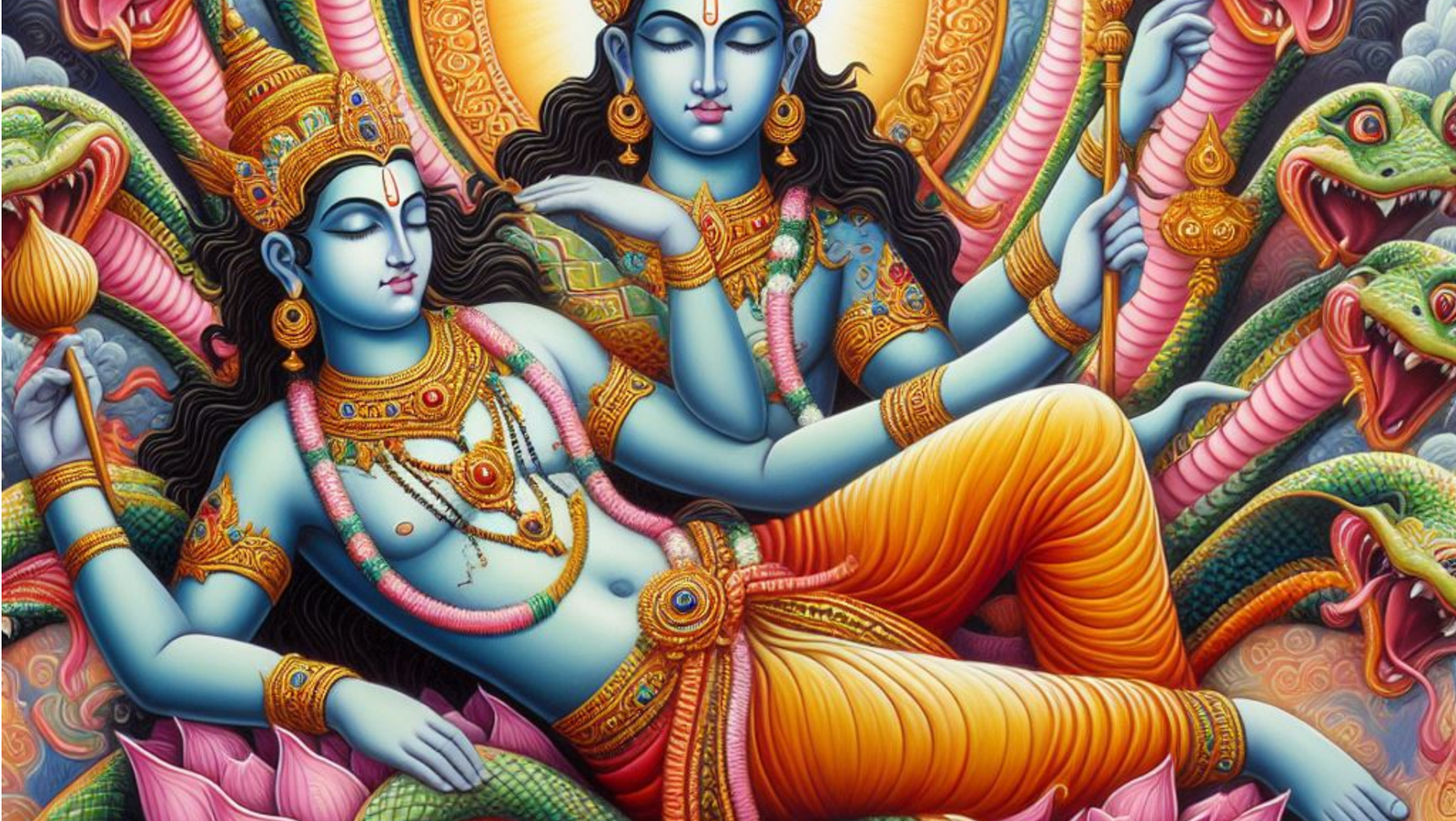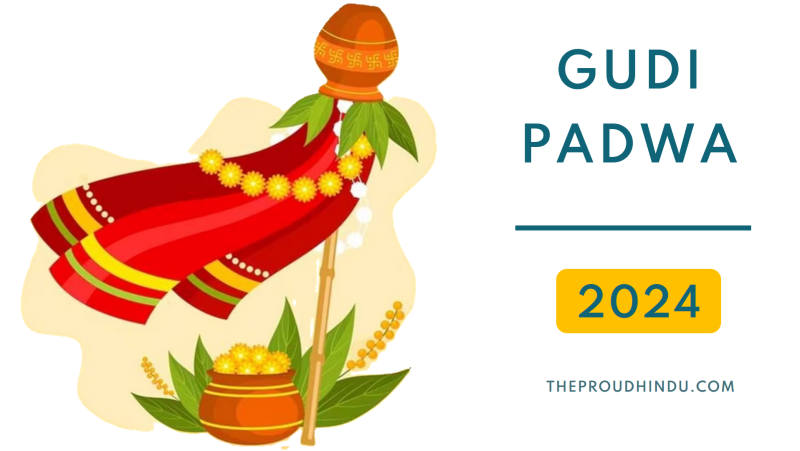
About Gudi Padwa 2025 Festival Celebration
Gudi Padwa, also known as Samvatsar Padvo or Marathi New Year, is a significant festival celebrated primarily in Maharashtra and Konkanis. It is celebrated on the same day as Ugadi, which is celebrated by the people of Karnataka and Andhra Pradesh.
Gudi Padwa Information in English
Gudi Padwa festival is celebrated with great enthusiasm, it signifies new beginnings, prosperity, and the arrival of spring. Families adorn their homes with vibrant rangoli patterns, mango leaves, and the iconic Gudi, a symbol of victory and good fortune. The Gudi, an adorned pole topped with colorful fabrics, neem leaves, and an upturned vessel, is hoisted outside homes, inviting blessings and positivity into households.
Gudi Padwa 2025 Date
In 2025, Gudi Padwa festival will be celebrated on Sunday, 30 March 2025
Gudi Padwa Meaning
The term "Gudi" refers to a decorated flag or pole made of bamboo, cloth, and garlands, topped with an upturned copper or silver vessel (kalash) and adorned with neem leaves, flowers, and fabrics. This Gudi, hoisted outside homes, symbolizes victory, prosperity, and the triumph of good over evil. It signifies the start of a new year filled with hope, happiness, and auspicious beginnings, inviting blessings into households.
Gudi Padwa Story
Gudi Padwa, the festival marking the Hindu New Year, has several legends associated with its celebration. One such narrative traces back to a historic event involving the great Maratha warrior, Chhatrapati Shivaji Maharaj.
According to folklore, on Gudi Padwa day, Shivaji Maharaj led a significant victory against the Mughals, reclaiming territory and marking the onset of a new era of freedom and self-rule for the Maratha Empire. To commemorate this triumph and the spirit of victory, people hoisted the Gudi, symbolizing victory and prosperity, outside their homes. It signifies the Maratha victory and the beginning of a prosperous new year.
Another legend connects Gudi Padwa with Lord Brahma's creation of the universe. As per Hindu mythology, this day marks the creation of the universe, symbolizing a fresh start, new beginnings, and the cycle of life.
While various stories are associated with Gudi Padwa, the festival universally represents the spirit of triumph, renewal, and the auspicious start of the New Year, celebrated with joy and positivity in Maharashtra and other regions.
Gudi Padwa Decoration And Ideas
Decorating for Gudi Padwa involves vibrant and auspicious elements that symbolize prosperity, victory, and the onset of a new year. Here are some decoration ideas and tips:
1. Gudi: The central element of Gudi Padwa decorations is the Gudi itself. Create a Gudi using a bamboo stick or pole adorned with bright yellow or green cloth, neem leaves, marigold flowers, and an inverted copper or silver vessel.
2. Entrance Decor: Adorn the entrance of your home with colorful rangoli patterns, mango leaves, and flower petals. You can create beautiful rangoli designs with vibrant colors to welcome prosperity and positivity.
3. Garlands and Fabrics: Use decorative garlands, traditional fabrics, and colorful drapes to enhance the festive decor. Brightly hued fabrics like red, yellow, and green symbolize joy and good luck.
4. Floral Decor: Incorporate fresh flowers, especially marigolds and jasmine, to bring a fragrant and festive ambiance to your home. Hang flower strings or create floral arrangements for a lively touch.
5. Traditional Artifacts: Display traditional brass or copper utensils, diyas (oil lamps), and other cultural artifacts around the house to add an ethnic charm.
6. Torans and Wall Hangings: Hang decorative torans (door hangings) made of mango leaves or artificial decorative pieces with traditional motifs on doors and walls.
7. Lights and Candles: Illuminate your home with decorative lamps, candles, and string lights to create a warm and welcoming atmosphere during the festivities.
8. Table Decor: Set up the dining area with elegant tablecloths, colorful napkins, and use traditional brass or copper utensils for serving food.
Remember, Gudi Padwa decorations emphasize vibrant colors, traditional elements, and symbols of prosperity. It's a time to infuse your home with positivity and celebrate the joyous occasion of the New Year.
Gudi Padwa Pooja
The Gudi Padwa festival involves performing certain poojas (rituals) and prayers to invoke blessings for a prosperous and auspicious New Year. Here's a basic outline of the Gudi Padwa pooja:
1. Gudi Installation: Begin the pooja by hoisting the Gudi outside your home. The Gudi, a decorated flag or pole, is an essential symbol of the festival, representing victory and good fortune. Place it in a prominent location, preferably facing the street, as a sign of prosperity.
2. Preparation: Cleanse the area where the Gudi will be hoisted and arrange the necessary pooja items. Ensure you have flowers, incense sticks, camphor, sandalwood paste, turmeric, vermilion (kumkum), fruits, sweets, and a traditional oil lamp (diya) ready.
3. Gudi Puja: Perform a special puja for the Gudi. Light the lamp and offer flowers, turmeric, vermilion, and rice grains while chanting prayers invoking blessings for prosperity and well-being.
4. Aarti: Wave the lit oil lamp or camphor in a circular motion in front of the Gudi, symbolizing the removal of darkness and the presence of positive energy.
5. Prayers and Offerings: Offer fruits, sweets, and other traditional dishes as naivedyam (offerings) to the Gudi, seeking the deity's blessings for a successful year ahead.
6. Chanting and Mantras: Recite hymns, mantras, or prayers dedicated to Lord Brahma or any chosen deity, seeking their divine grace and blessings.
7. Family Participation: Encourage family members to participate in the pooja, offering prayers and seeking blessings together for a harmonious and prosperous year ahead.
8. Distribution of Prasad: After the pooja, distribute the prasad (blessed offerings) to family members and guests, symbolizing the sharing of joy and prosperity.
It's essential to perform the Gudi Padwa pooja with devotion and sincerity, invoking blessings for a prosperous and auspicious year ahead for you and your family.
Gudi Padwa Stick
During the vibrant celebration of Gudi Padwa, a significant element is the traditional stick, known as the "Gudi." This iconic stick holds immense cultural and symbolic significance in Maharashtra and parts of Western India. The Gudi comprises a long bamboo pole adorned with colorful and auspicious elements, such as bright fabrics, often in yellow or green hues, symbolizing prosperity and auspicious beginnings.
Gudi Padwa Date
| Year | Date | Day |
|---|---|---|
| Gudi Padwa 2023 Date | 22 March 2023 | Wednesday |
| Gudi Padwa 2024 Date | 09 April 2024 | Tuesday |
| Gudi Padwa 2025 Date | 30 March 2025 | Sunday |
| Gudi Padwa 2026 Date | 19 March 2026 | Thursday |
| Gudi Padwa 2027 Date | 07 April 2027 | Wednesday |
You may also like …
Are You The Proud Hindu?
The Trimurti
Create an account to join us and start taking part in conversations.
SIGNIN

